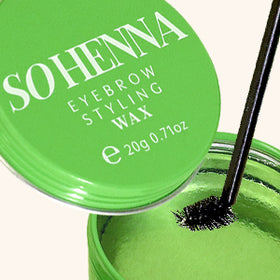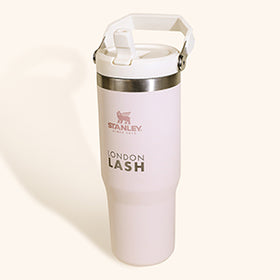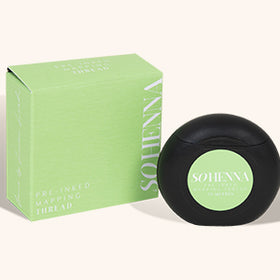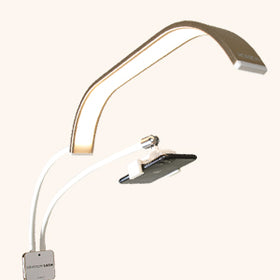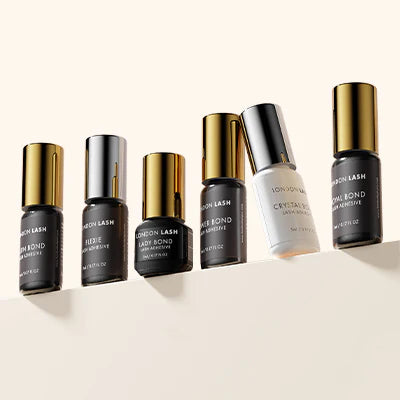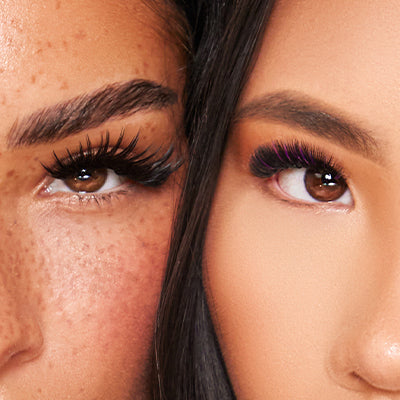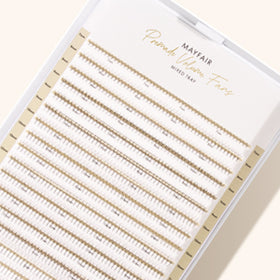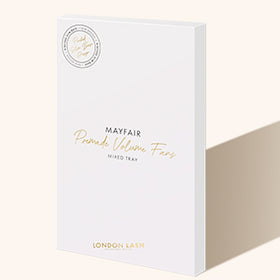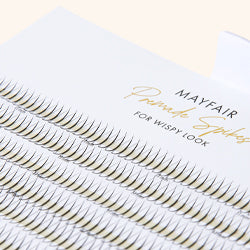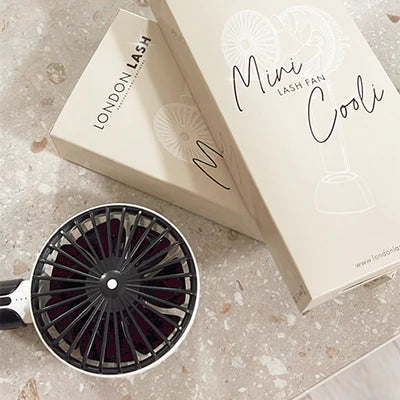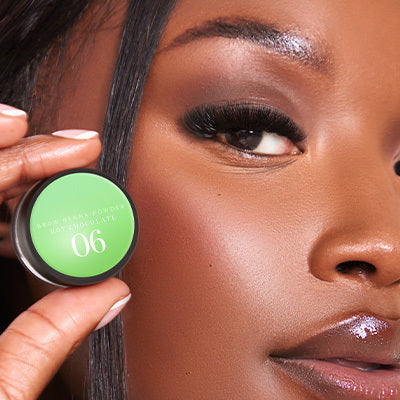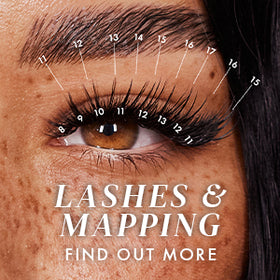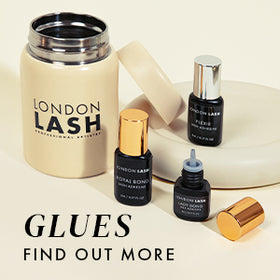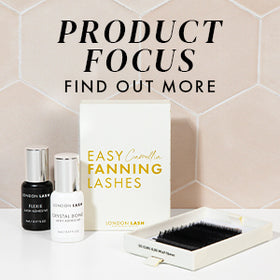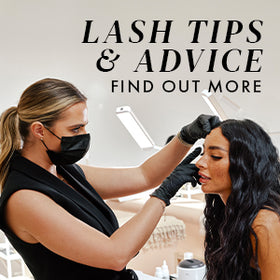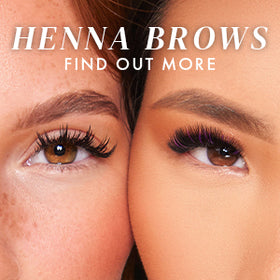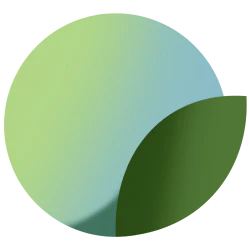Using the Strongest Glue
It doesn't matter if you've been in the lash business for a long time or you're just a beginning Lash Artist, one question you hear the most is: "What is the best lash glue?"
This is a question that gets asked so many times, but the reality is there is not one single 'best' eyelash glue out there. Innovation of products happens constantly and at London Lash we have formulated different kinds of Lash Glues for our customers based on their working conditions and of course skill levels. So, whichever glue works best for you, then consider that your 'best' eyelash glue.
Let’s dive into the pursuit for the right lash adhesive - the one that will keep you and your clients happy and satisfied.
All glues are strong and capable of lasting 5+ weeks on the lashes, if you know how to work with them of course. Confused? Good. This means you are taking all words into consideration. Which is exactly what you should be doing when seeking for the ideal adhesive to work with. You should consider everything that affects the retention of the eyelash extensions.

What Is In Lash Glue
All lash adhesives contain the same ingredients: cyanoacrylate, stabilisers and black pigment (if the glue is black). Cyanoacrylate is the ingredient that is responsible for creating a quick bond between the natural lash and the lash extension. While stabilisers are there to reinforce this bond making it strong and long lasting. The more cyanoacrylate present in the glue, the less stabilisers it contains. This means adhesives with more cyanoacrylate have a faster drying time. It is that simple and it goes for all lash adhesives, no matter the brand. So what exactly is it that’s making them different to one another?
Humidity
Well, it's how they react to the environment. In order to cure, cyanoacrylate needs humidity and moisture which it attracts from the environment and client’s lashes. If the humidity in your workspace is high, your glue will dry quickly, but if the humidity level is low, the adhesive will dry slowly. Notice when we talk about humidity levels, we are referring specifically to the humidity that is in your workspace, not the weather outside - invest in a Digital Hygrometer for the most accurate temperature and humidity in your space.
A lot of moisture does not equal a faster curing time for your client's new lash set. Not so fast. If the lash glue happens to come into contact with too much moisture while curing, the adhesive will shock polymerise, making the bond with lashes fragile and easy to break. How would you know you’ve got shock polymerisation? Well, the glue will turn white on the lashes like little sugar crystals. Maybe you’ve seen this before if a client’s eyes have watered? That is shock polymerisation. Read more about shock polymerisation here.

Now imagine someone working with a quick drying glue and using it in a lash studio that has 60% or higher humidity level. That would mean this already quick drying adhesive will become even quicker - approximately a full second quicker. If this person is an experienced lash technician, this may not challenge them. But if they are less experienced, then this situation would most likely bring about poor retention, stickies and complaints. This is because their placement speed is simply not in tune with the speed of the glue and with the humidity level. Find out why switching to a slower eyelash adhesive can benefit your lashing during high humidity levels in this blog post.
Temperature
Let's talk about temperature and how it affects lash retention. Will a higher temperature mean a faster drying time? Actually, the fact is that cyanoacrylate does not love high temperatures. Have you ever had a client come back with barely any lash extensions left and after a little investigation you find that they regularly use a sauna, take part in spin classes, or play sports on the weekends? There’s your answer - the glue is reacting to its environment, even after curing!
Most adhesives perform best within 45-55% humidity, and 20-22 degrees Celsius (68-72F). As with all things in life, there are always exceptions to the rule. Luckily some adhesives have a wider working range which is very convenient if you have problems with controlling your work space, for example if you are working in a hair beauty salon. Our Flexie adhesive is a perfect solution. As the name suggests this adhesive is very flexible when it comes to working conditions. It works in humidity levels that range from 40-70% and between 18-22 degrees Celsius temperature giving you a wider range to work with. Flexie glue forms an elastic bond which I found out was a real lash saver for clients who go to hot yoga or fitness classes a few times a week. If you prefer to work with slower glues, Satin Bond will be your best friend. If you’re very fast, Royal Bond will be a game changer.
What if your conditions are perfect for the glue, but you’re STILL seeing retention issues? Well, it could be drying too fast. Have you ever brushed through a set of lashes and seen your extensions simply pinging off? This is because the glue is beginning to cure before it can form a strong bond between the extension and the natural lash. If you experience issues with a glue, look for a slower drying glue - this will give you time to place and correct the extension without sacrificing retention time.
Hopefully now you can understand why there really isn’t only one best lash glue out there, and why we might ask you more questions when you ask us which is the best glue. When choosing your glue, you should consider your working environment conditions and also how experienced a lash technician you are, rather than looking for the strongest, fastest glue. A range of glues in your collection will give you better quality of work over time.
